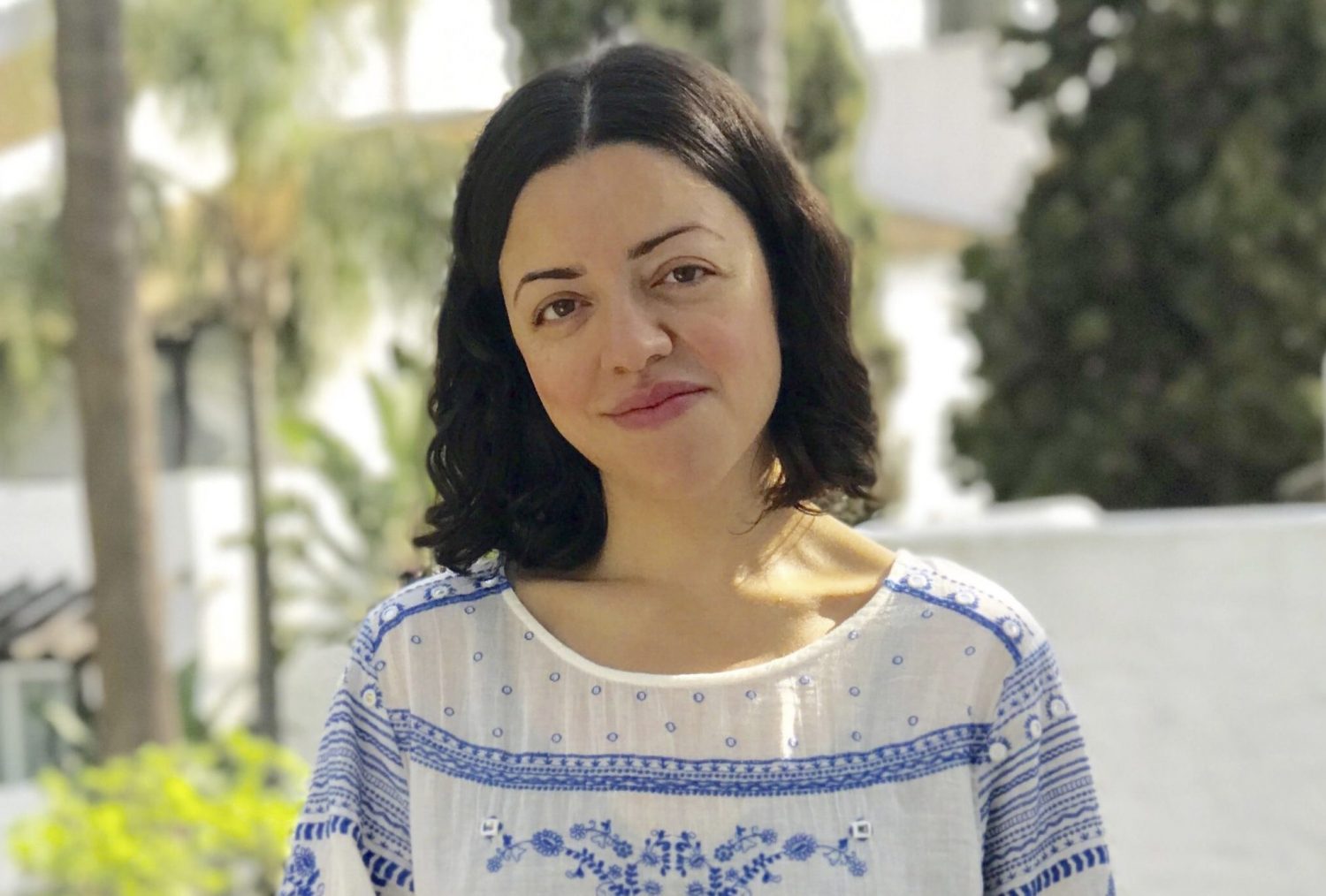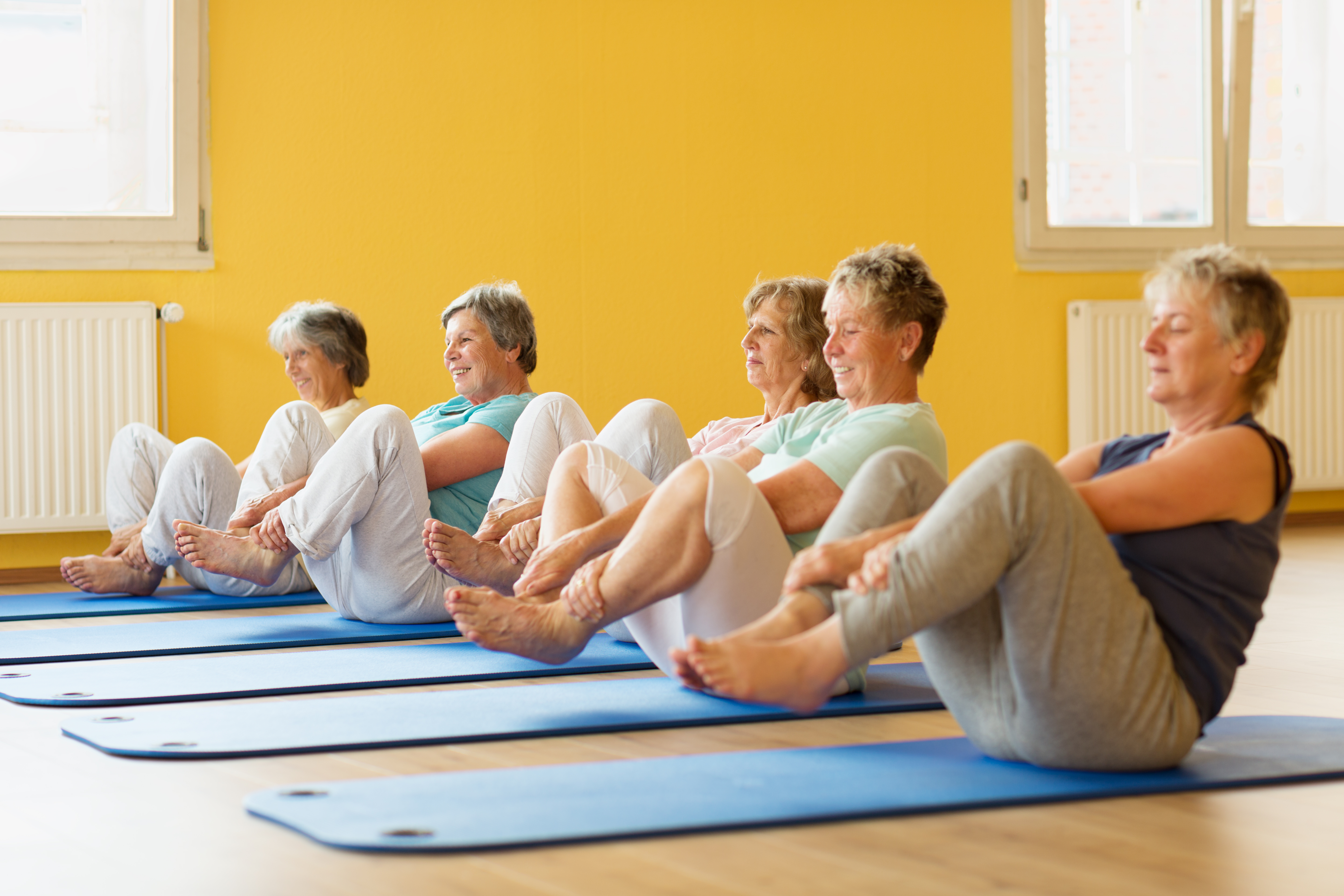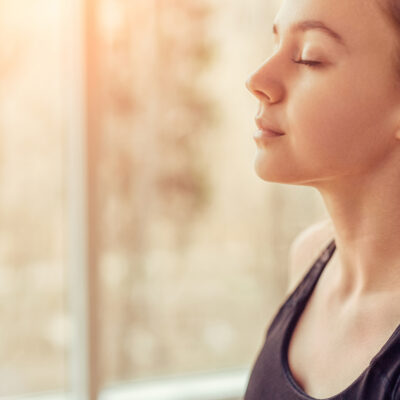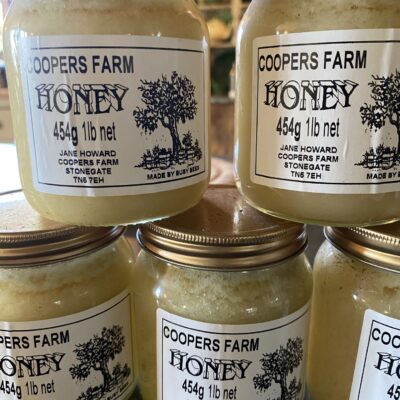The human skeleton evolved to spend days wandering over the land looking for food, not peering down at a smart phone – or even sitting in a chair. Eminé Rushton advises how to safeguard your spine from modern life.
Our upper spine is designed to have a gentle outward bend in it. This balances out the lower spine and neck, which curve in opposite directions. Now imagine yourself sitting at a desk leaning over your laptop, or looking down at your phone. Your neck and upper back are curving in a direction that opposes its natural one and to compensate, your lower back tenses up, because it too, is pulled out of its natural curve.
Do this for much of the day and most of the week and it’s possible to develop a kyphotic spine, an abnormally pronounced outward curve of the thoracic vertebrae of the upper back, sometimes known as Dowager’s Hump, while the tension that builds up in the back of our necks can also lead to headaches, migraines and persistent shoulder pain.
All whilst simply trying to get our day’s work done – or just engaging with modern life, which increasingly requires accessing via a screen of some kind.
So what is the answer to correct the issues caused by our unnatural sitting position? Unfortunately, it’s not in the form of the once-heralded ‘stand up desk’.
A highly-cited study from 2017 in the Journal of Epidemiology on 7,000 office workers found that, “occupations involving predominantly standing were associated with an approximately two-fold risk of heart disease compared with occupations involving predominantly sitting.”
As with all things health-related, there are no black and white solutions. All that ever prevails is common sense and moderation.
So, whether it’s work or seated life in general, it’s important to move as much as we can in between tasks. Resolving to get up and have a short stroll, wander over to the kitchen and fill a glass with water, make a walking call, or simply taking a moment to stretch are all smart moves.
It’s also worth looking at other seemingly innocuous daily behaviours, many of which can also put increasing strain on the spine, shoulders and neck – and then trying to put an end to these completely. Hollie Grant, author of The Model Method and a leading Pilates teacher, likens a woman carrying her handbag all day (the average handbag weighs between two to three kilograms) to hanging a dumbbell from one’s shoulder for hours on end.
“This causes the obliques on the opposite side to work harder to pull the body back and the imbalance between the two sides can leave you with a spin or pelvis tilt, on one side.”
Likewise, sitting cross-legged. “This causes the pelvis to tilt to one side, causing a shortening of the lower back muscles on one side too. We stretch the gluten and abductors on the leg that is brought across and squash the leg underneath. A wonky pelvis will follow,” says Grant.
“It’s incidental, cumulative movement that benefits our bodies most”
It’s also important to realise that an entirely seated day will not be cancelled out by a burst of activity in the form of fitness class before or after work. It’s incidental, natural, cumulative movement that benefits our bodies most of all.
You may want to take a look at some natural movement websites and the book The Four Pillar Plan by Dr Rangan Chatterjee, who champions the importance of squatting, crawling, and floor living, whereby we spend more time eating, socialising and relaxing at ground level and less time seated on sofas and at desks and tables. As our hunter gatherer forebears lived.
A regular yoga or pilates practice will also help to highlight those muscles that are over- or underworked and both work wonders at relieving tension, strain and tightness. Do, always, look for a teacher who is experienced and knows how to guide without being forceful; and never, ever push yourself to do anything that feels uncomfortable – whether on the mat, or at your desk.
Pain is our body’s best guardian, an immediate signal to stop or slow down – and by responding early, we ensure that today’s little pain will not escalate into tomorrow’s big problem.
TEST

Eminé Rushton is Wellbeing Director-at-Large at Psychologies magazine, and co-founder of the conscious living blog, The Balance Plan, balanceplan.co.uk
You may also like
Take me to… a UK Staycation
We’re kicking off our new travel feature with a collection of ideas to get you trying something new with explorative and adventurous trips Cornish Escape The Park, Cornwall is an award-winning holiday village, just a short stroll from Mawgan Porth...
Brain power!
Sarah Maxwell explores how exercise affects your grey matter Exercise has long been recognised for its positive impact on physical health. However, many recent studies have shown that exercise also has many transformative effects on the brain, so if you...
Farm Fables
Jane gathers some fascinating honey bee facts as she checks the Coopers Farm hives before their very busy year ahead April… the evenings are longer, the countryside greener and the birds louder. Bliss. Spring has arrived and nowhere is this...















